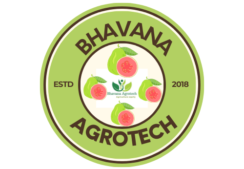Dragon Fruit Farming
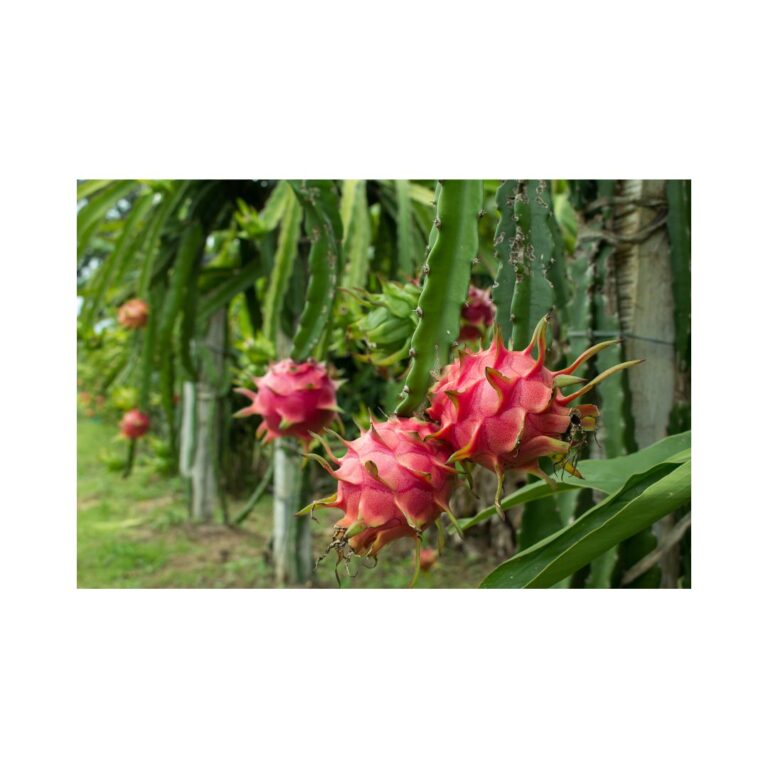
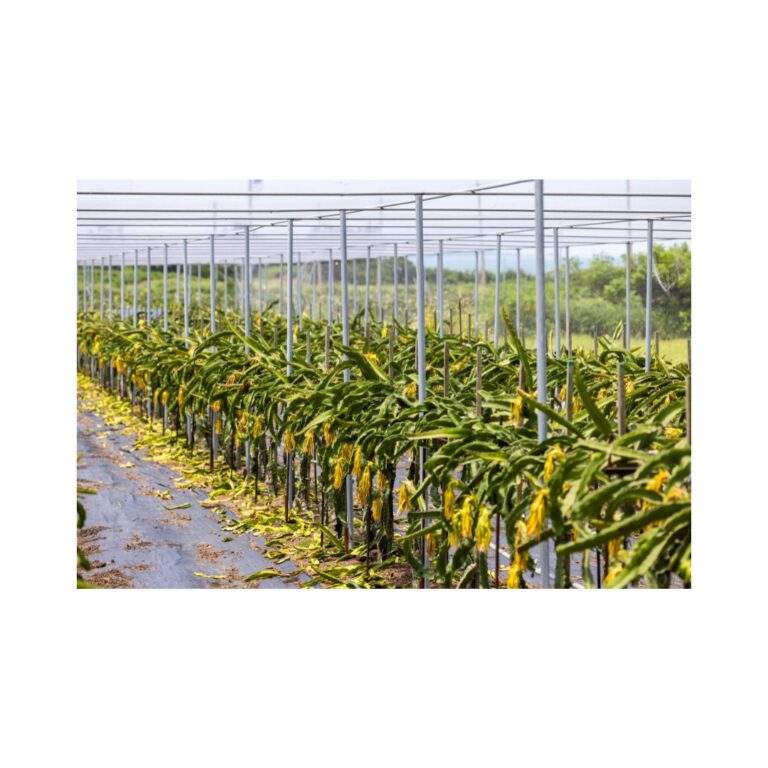
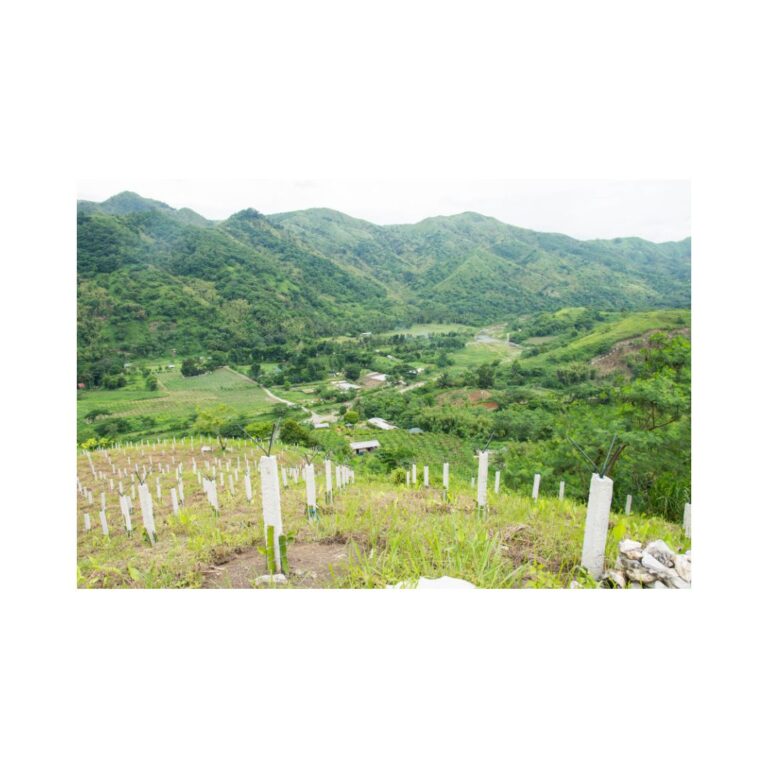
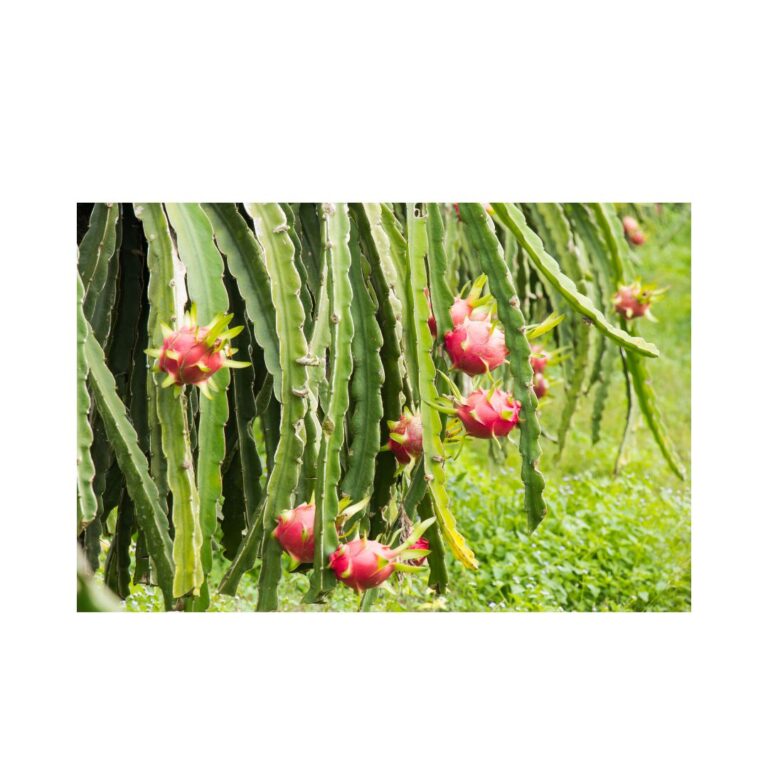
Dragon Fruit Farming Services: A Comprehensive Guide
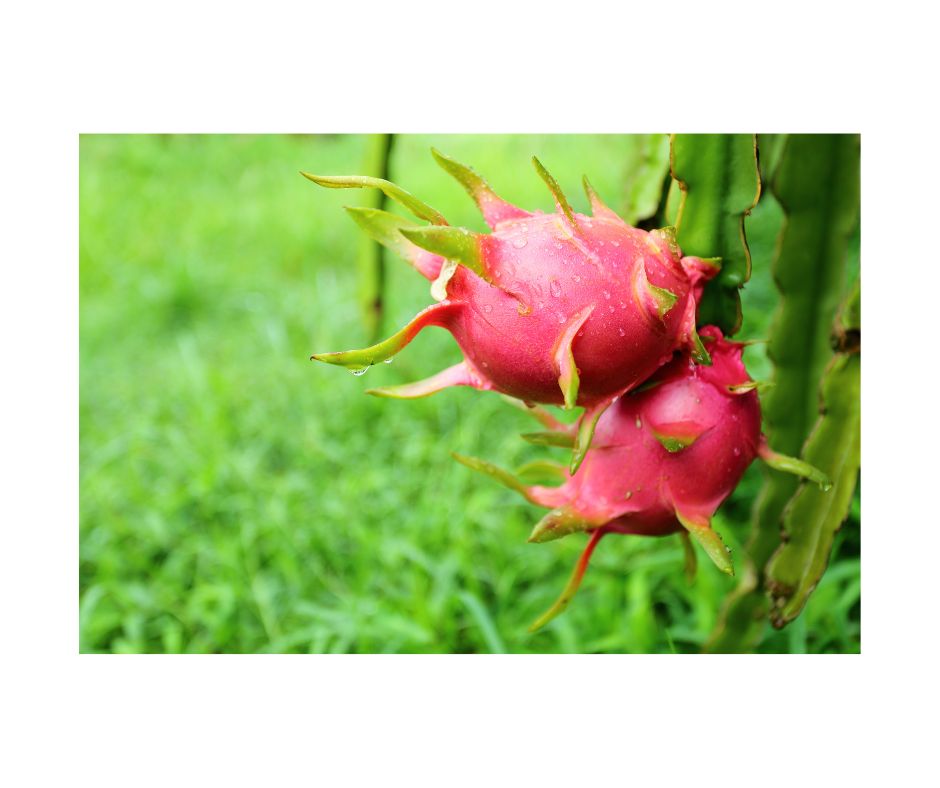
I. Introduction to Dragon Fruit Farming
Understanding Dragon Fruit Cultivation Historical Background: Following the origins and development of the dragon fruit farming industry.
Analyzing the rising demand for dragon fruit and market patterns has significant global implications.
B. Advantages and Difficulties of Growing Dragon Fruit
Investigating the health advantages of dragon fruit in terms of nutrition.
Addressing widespread problems like pests, illnesses, and climatic factors.
II. Preparatory Services
A. Planning and Consultation
Expert Advice: The value of consulting agricultural professionals.
Site Assessment: Determining if a piece of land is suitable for growing dragon fruit.
B. Seeds and Plant Materials
Criteria for selecting healthy dragon fruit plants. Choosing Quality Plants.
Variety selection: Making choices that are appropriate for the climate and soil.
C. Preparing the Land
Techniques for soil preparation, such as the inclusion of organic materials, are referred to as soil conditioning.
Planning the ideal placement of plants for dragon fruit in terms of spacing and layout.
III. Infrastructure and Technology

Irrigation Systems, first
The advantages of constant moisture without waterlogging from drip irrigation.
Rainwater collection: Including environmentally friendly water management techniques.
B. Management of Nutrition
Choosing organic fertilizers that encourage flowering and fruiting.
Application of compost: Composting improves the structure and fertility of the soil.
C. Management of Pests and Disease
IPM (Integrated Pest Management): Techniques for managing pests without overusing pesticides.
Monitoring procedures: routine examinations to spot and handle pest or disease problems.
IV. Agronomic Practices
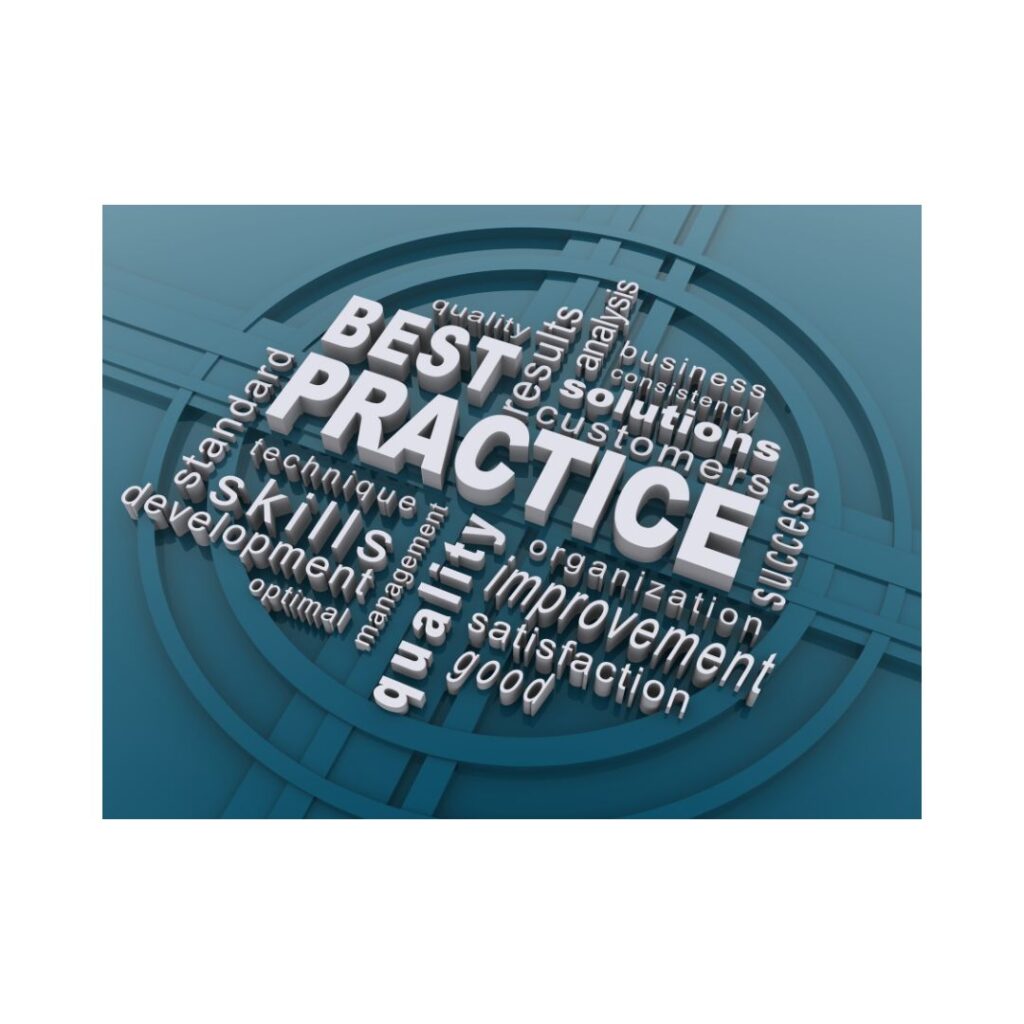
A. Support Structures for Training and Trellising: Installing trellises for optimum plant growth.
Techniques for pruning: Training plants for upward growth and better airflow.
B. Post-Harvest Handling and Harvesting
Performing a maturity assessment to determine when to harvest dragon fruit.
handling techniques ensuring thorough post-harvest handling to preserve fruit quality
V. Economic Considerations
A. Marketing and Market Access
Understanding consumer preferences and market demands through market research.
Marketing strategies: Successfully promoting dragon fruit products both domestically and abroad.
B. Organic Farming’s Economic Advantages
Longer soil fertility results in increased soil longevity, which reduces costs.
Premium Prices: Taking advantage of the expanding market for organic food.
VI. Social and Environmental Impact
A. Providing Support to Local Communities
Connecting farmers and customers via community engagement.
Fair Trade Practices: Ensuring ethical conduct throughout the supply chain for dragon fruit.
B. Sustainability of the environment
Carbon Sequestration: How using organic methods can help fight climate change.
Biodiversity conservation: promoting the health of ecosystems through ethical farming.
Conclusion
In conclusion, growing dragon fruit is a complex process that requires careful planning, eco-friendly methods, and a dedication to social and environmental responsibility. Farmers may gain economically and help ensure a more resilient and sustainable agricultural future by comprehending the complexity and adopting novel ways.
